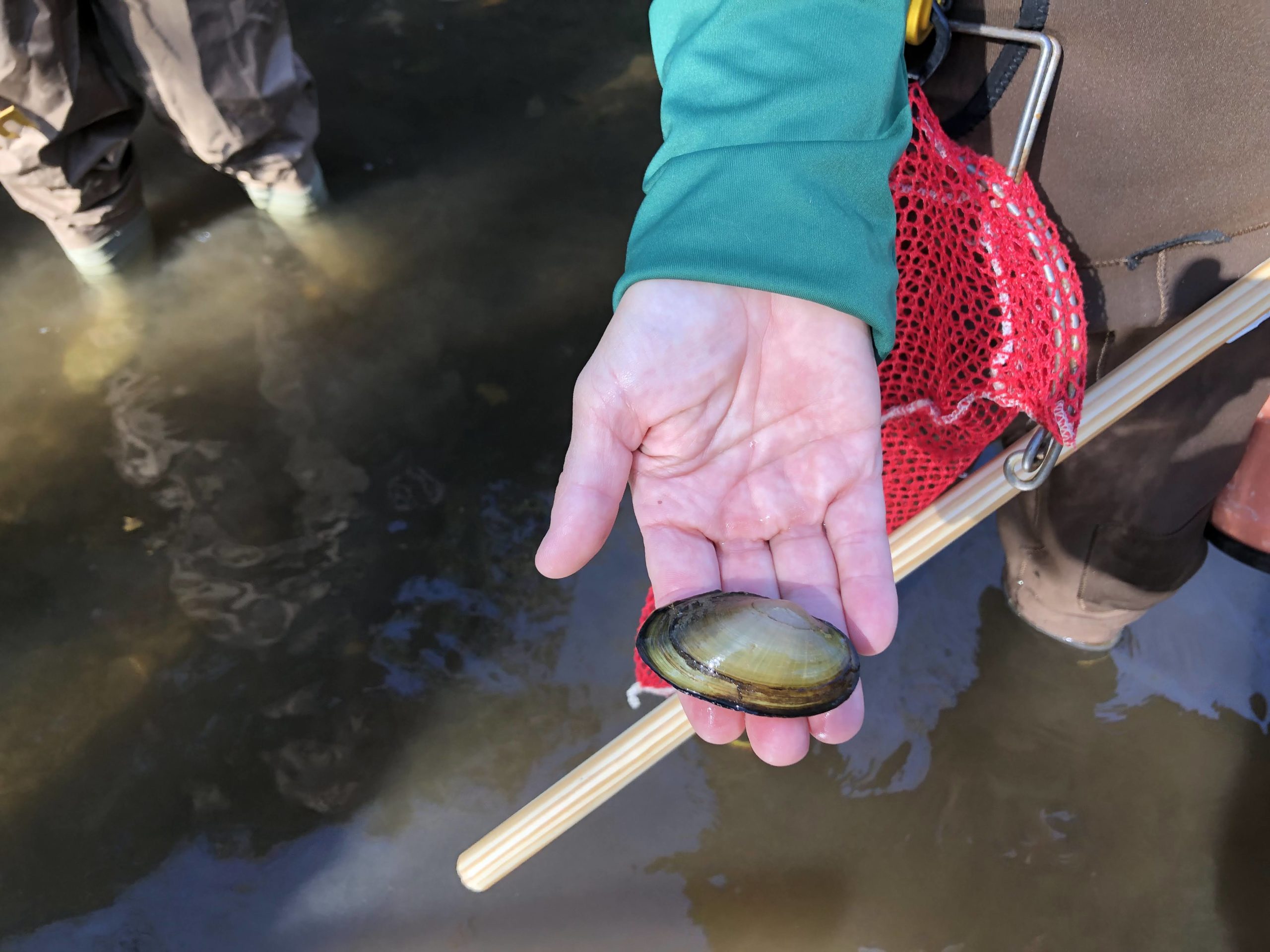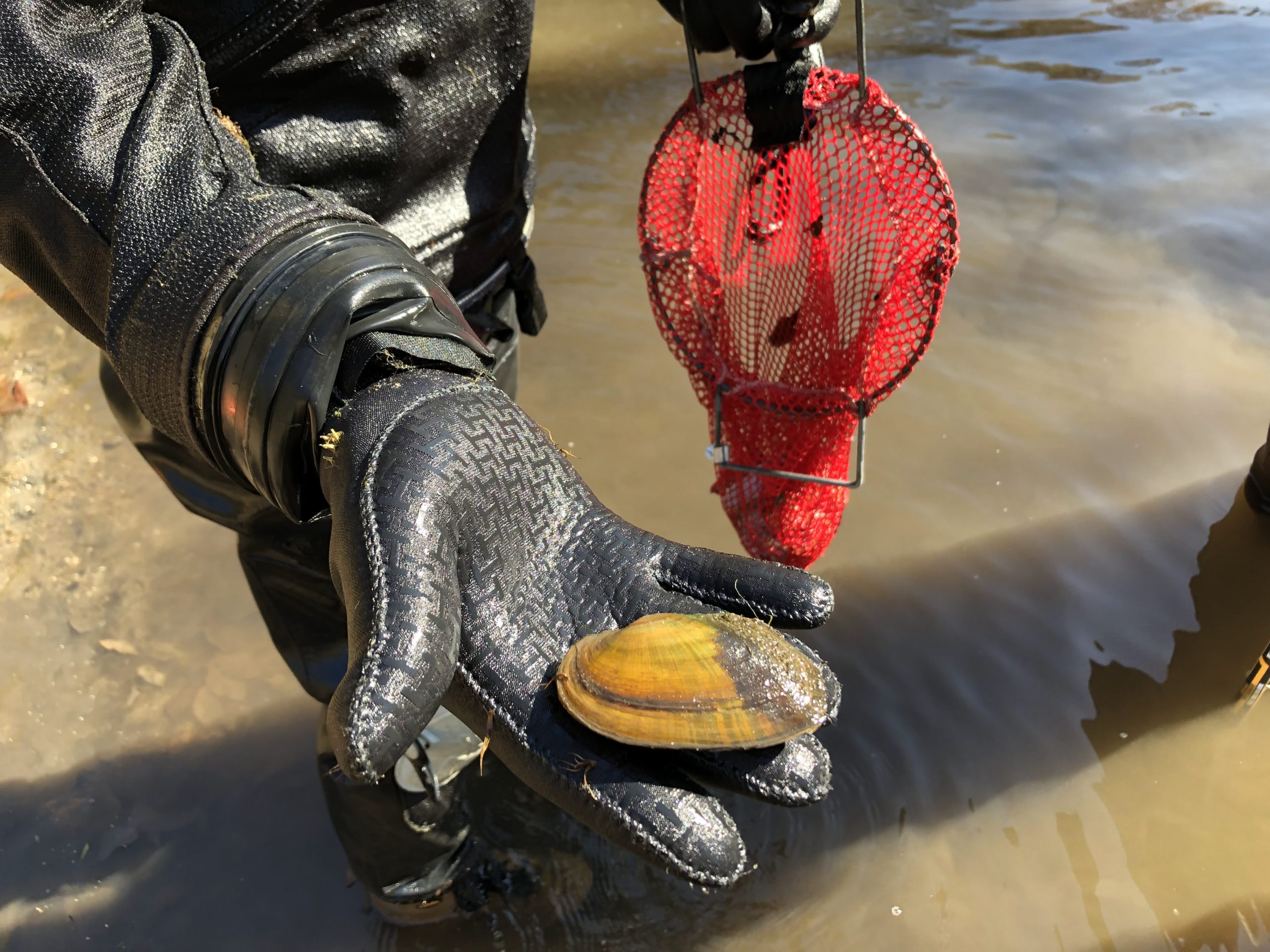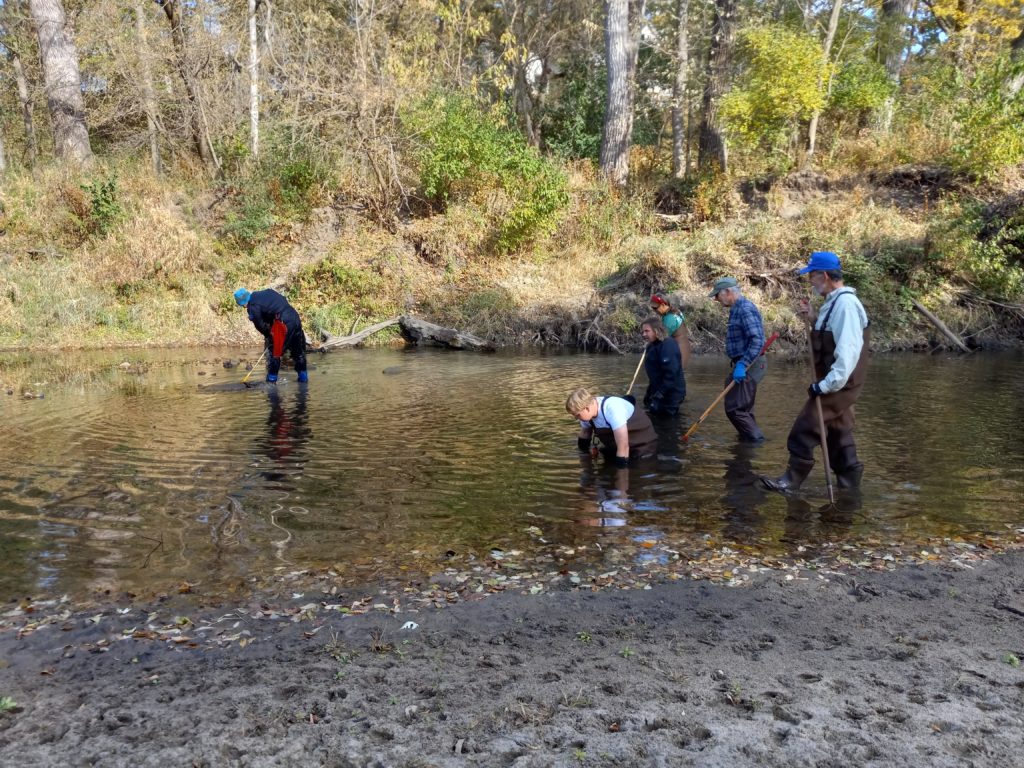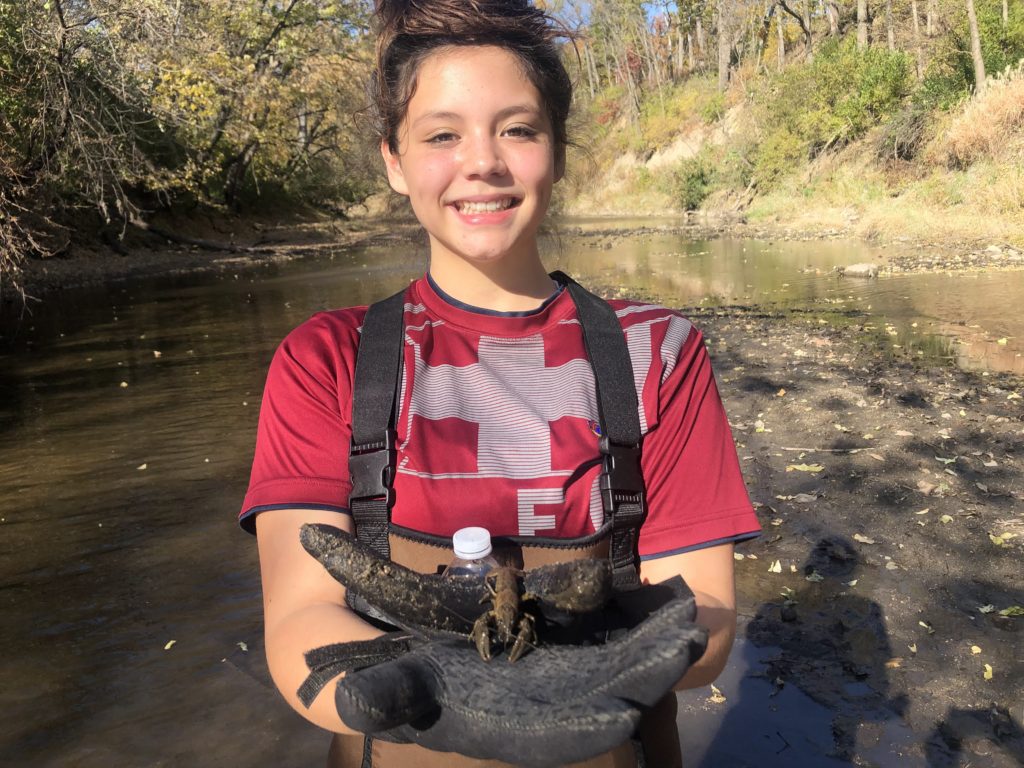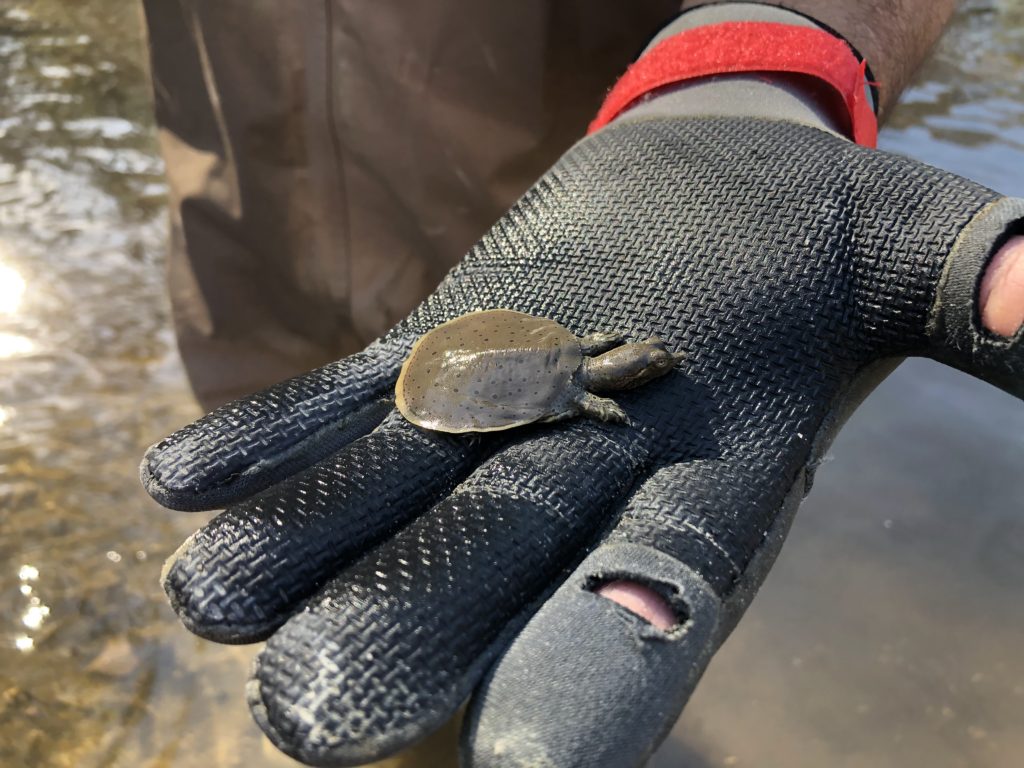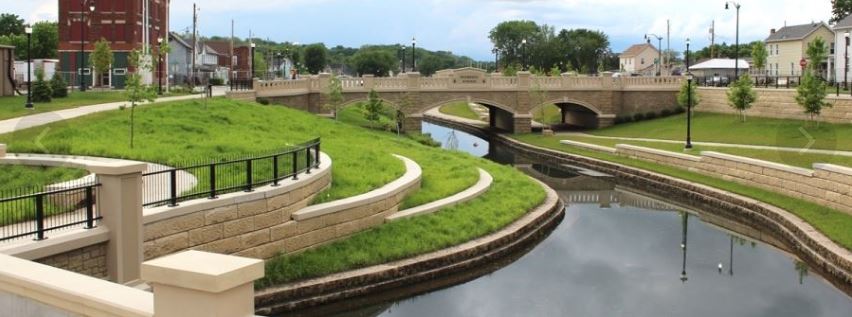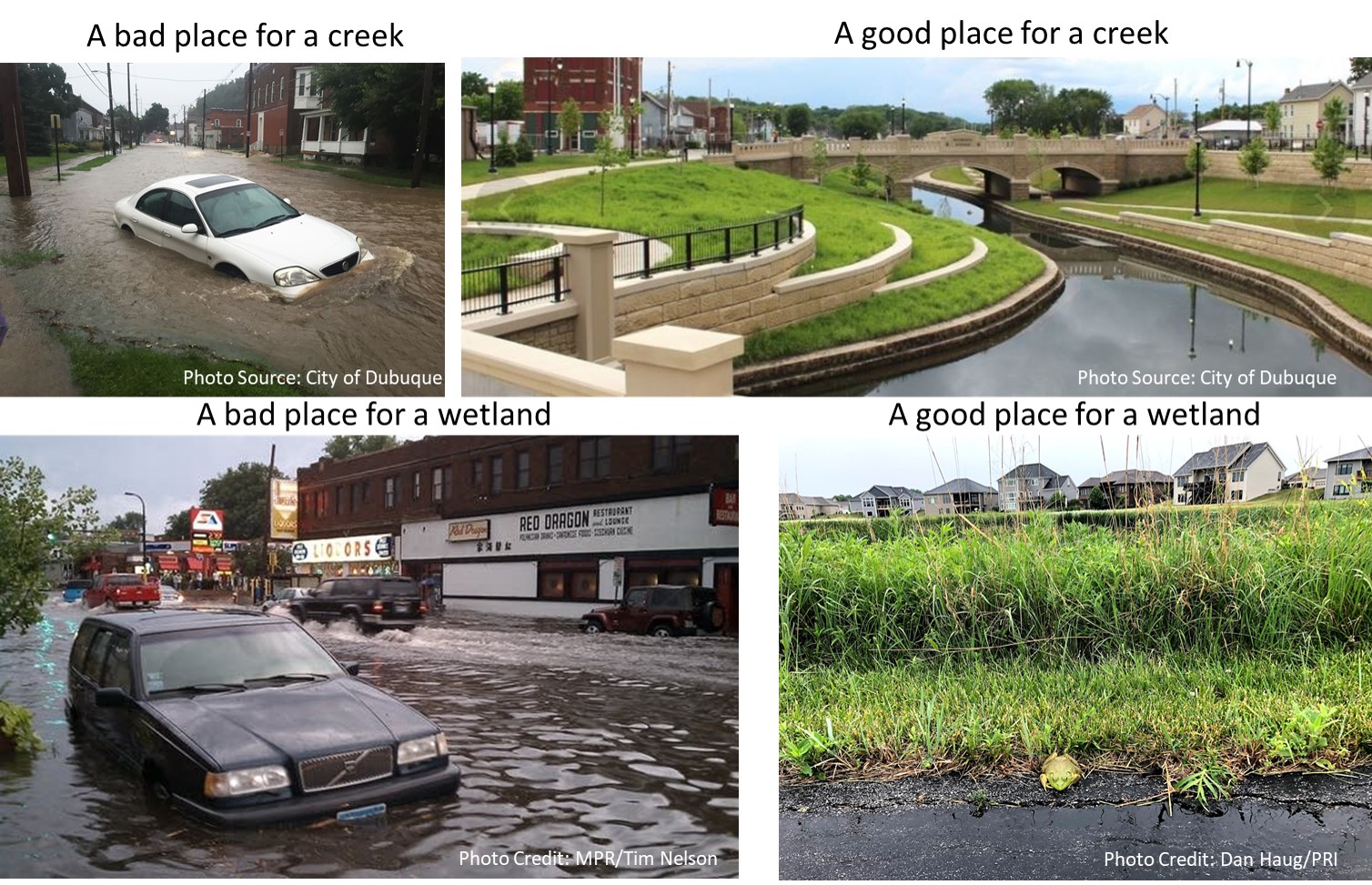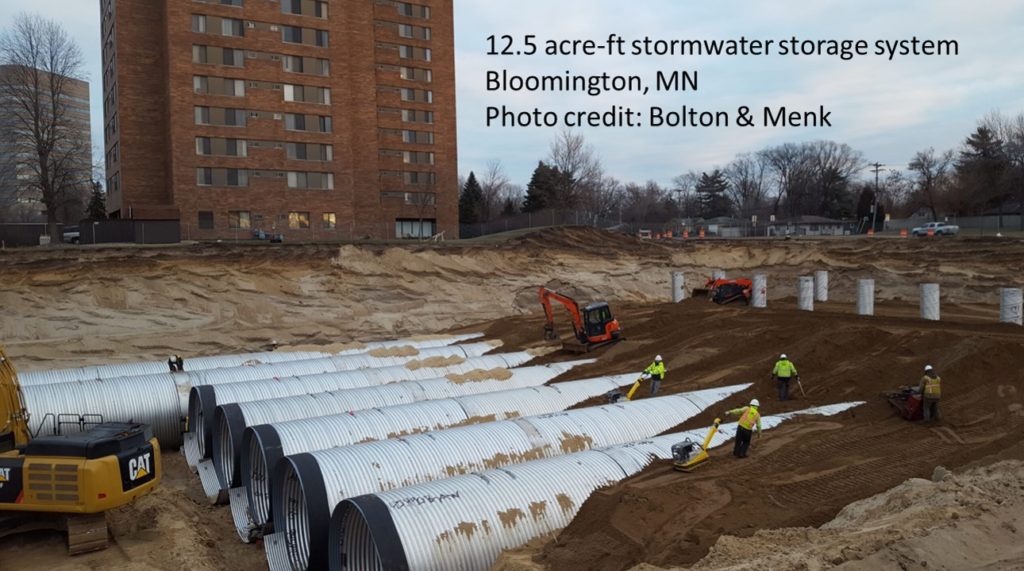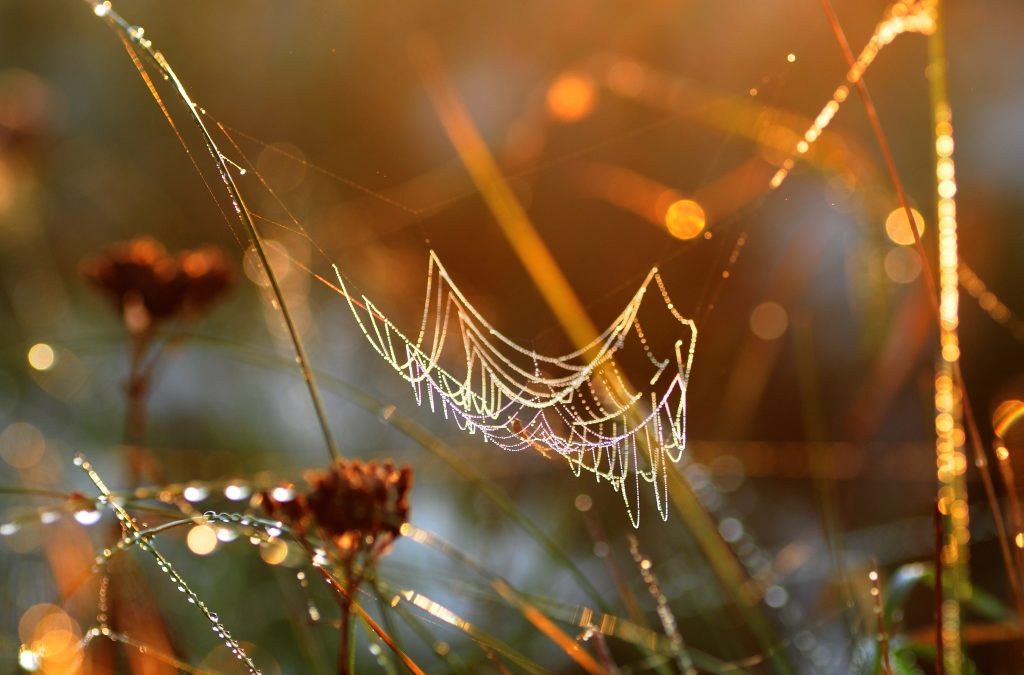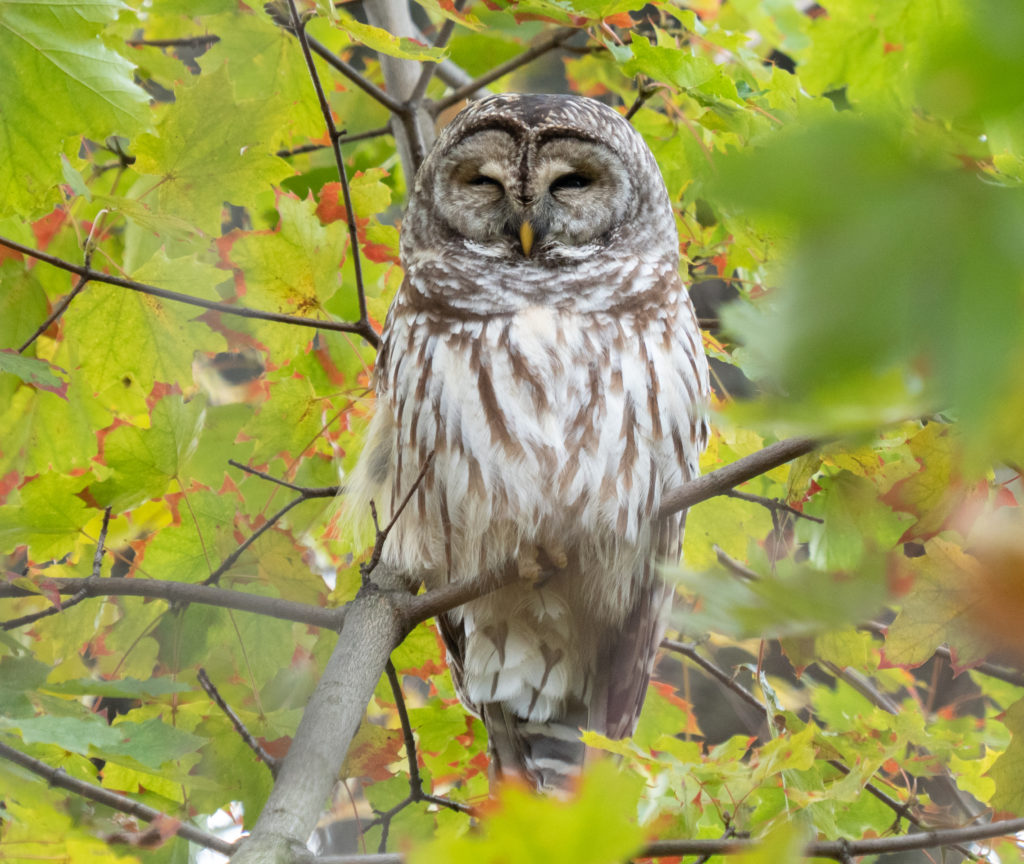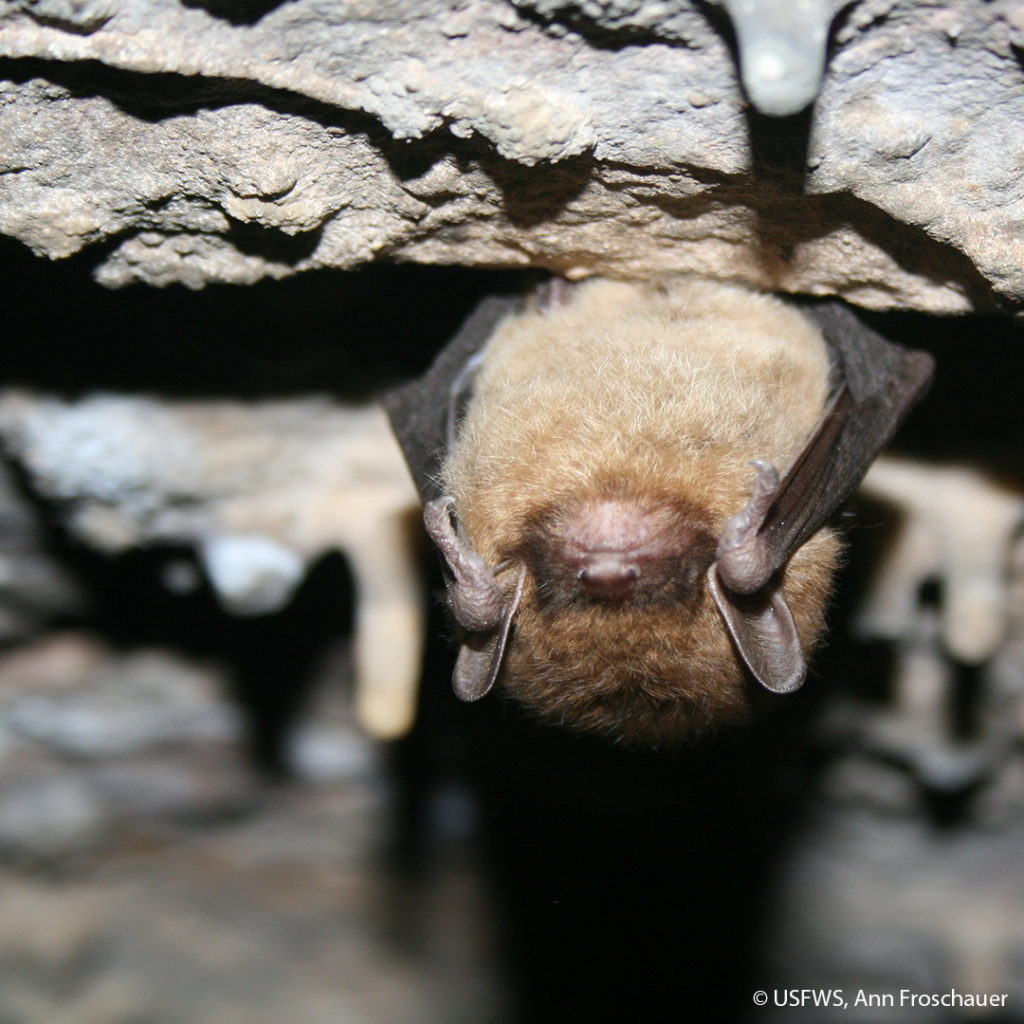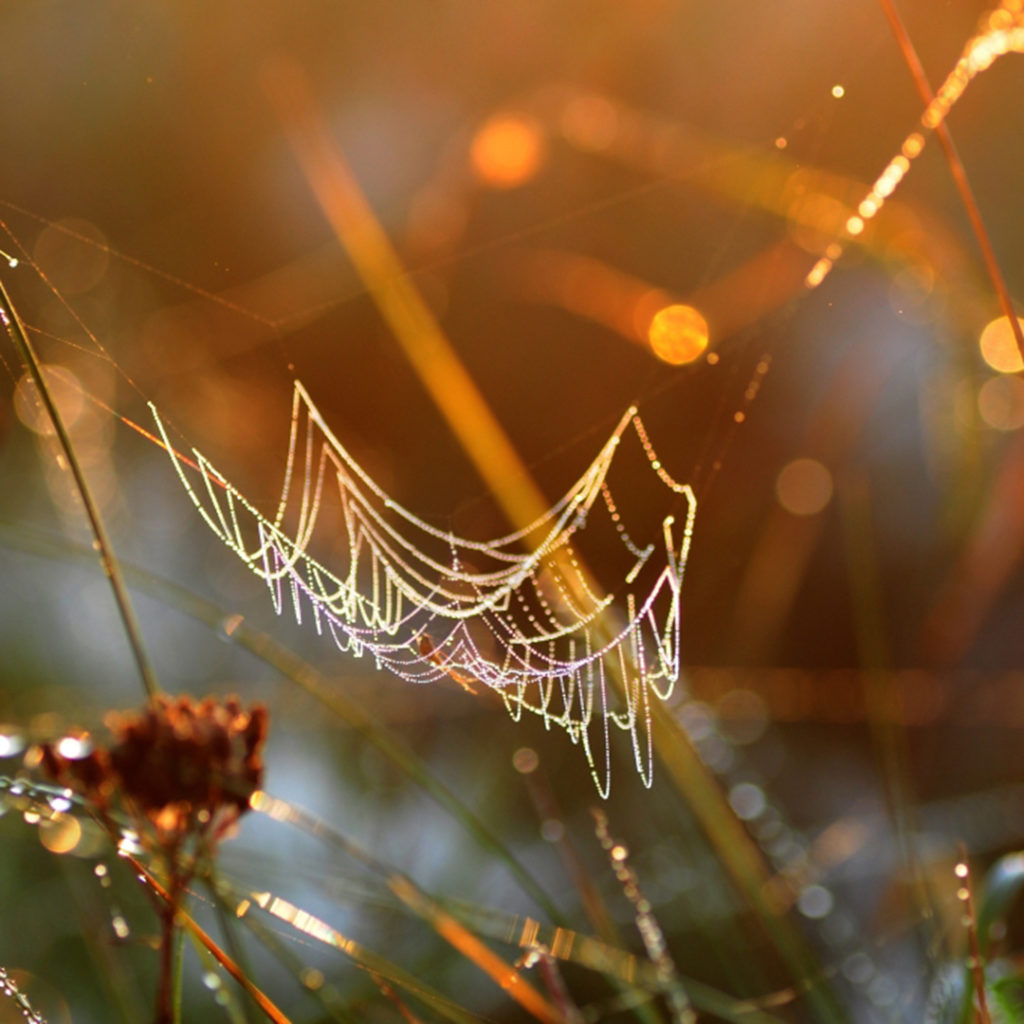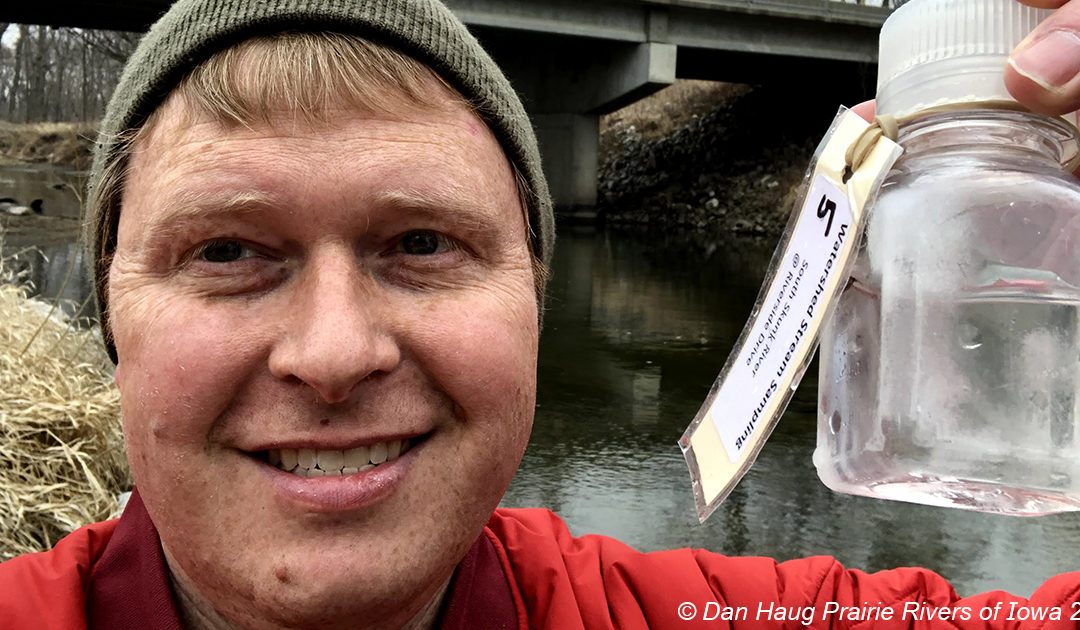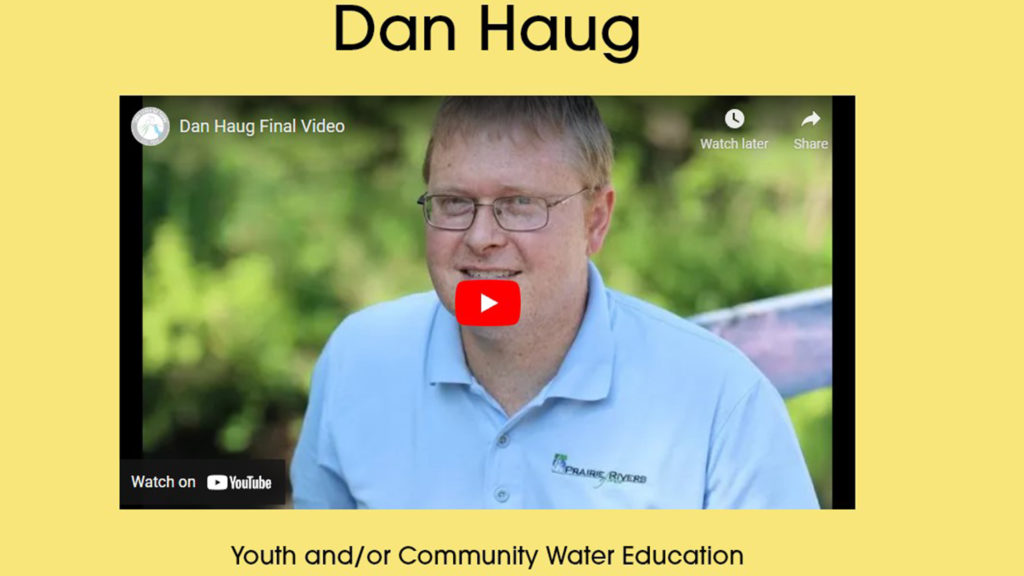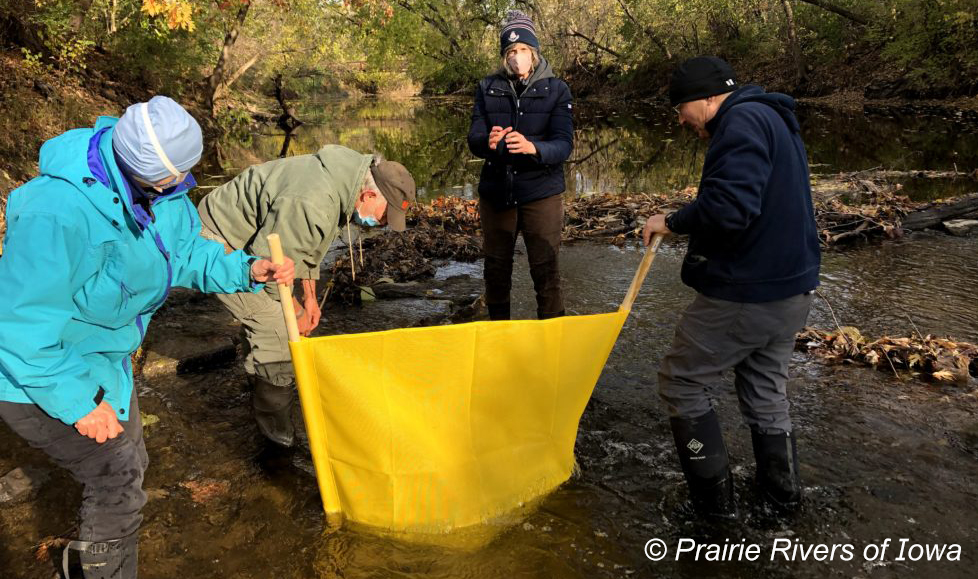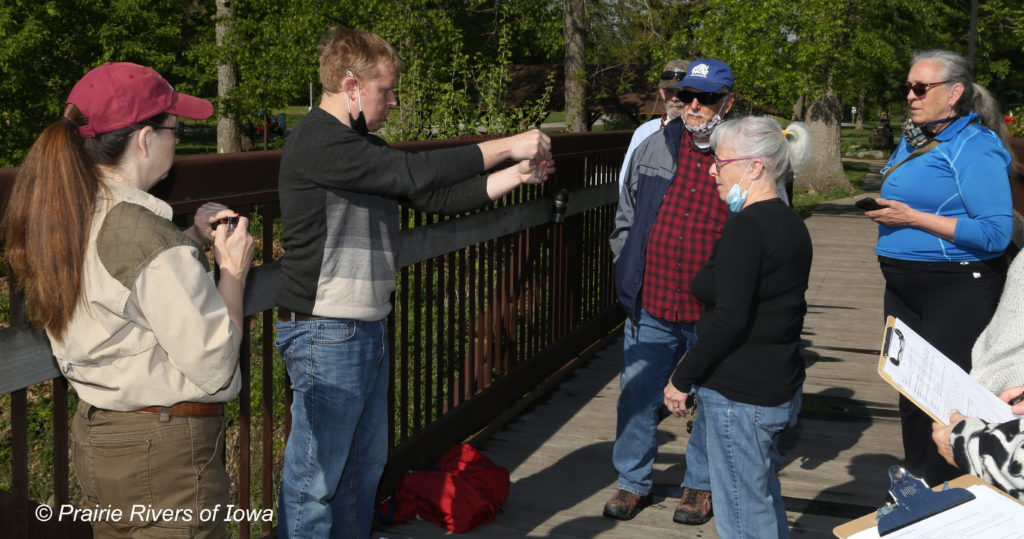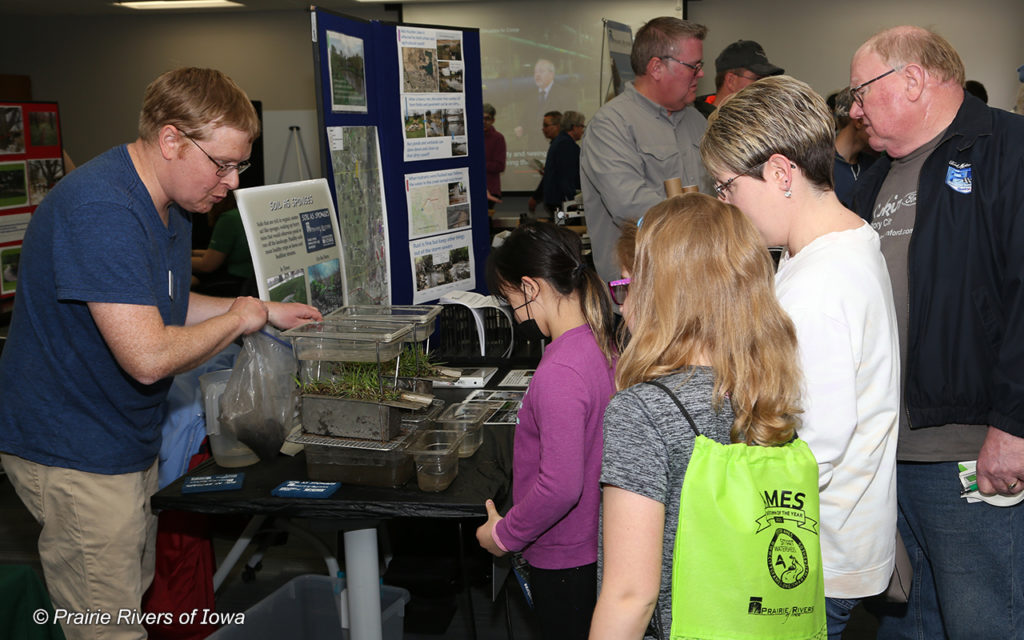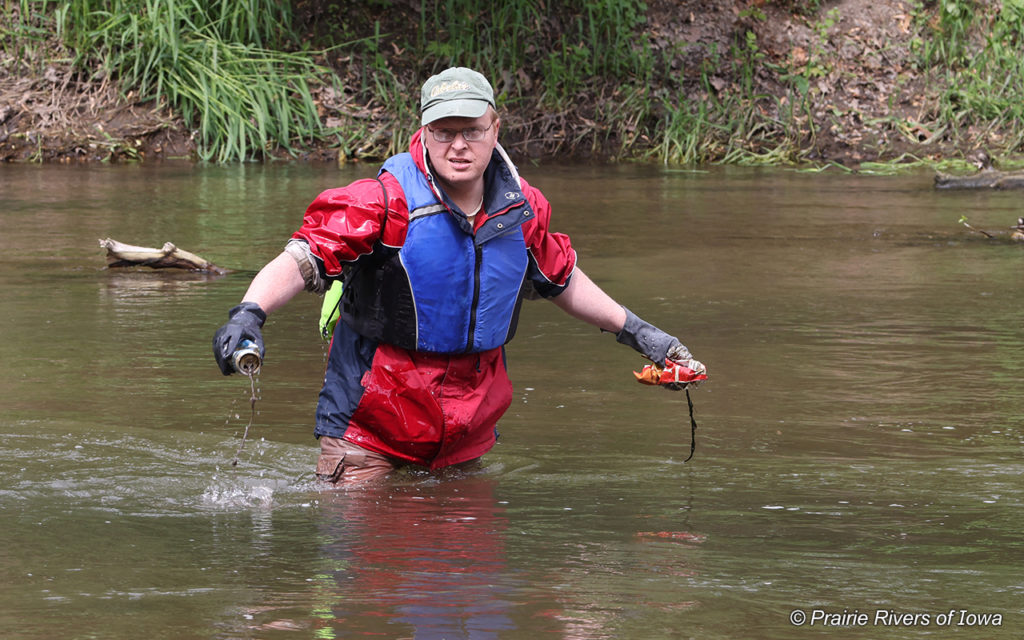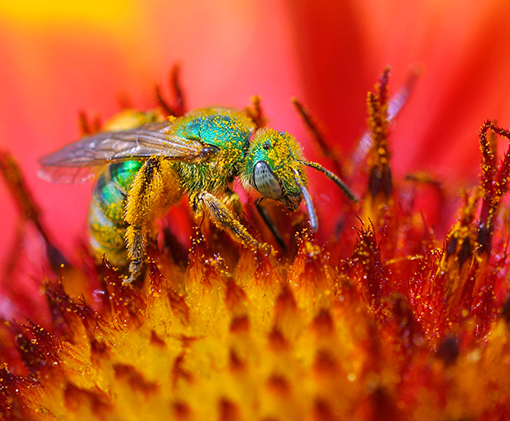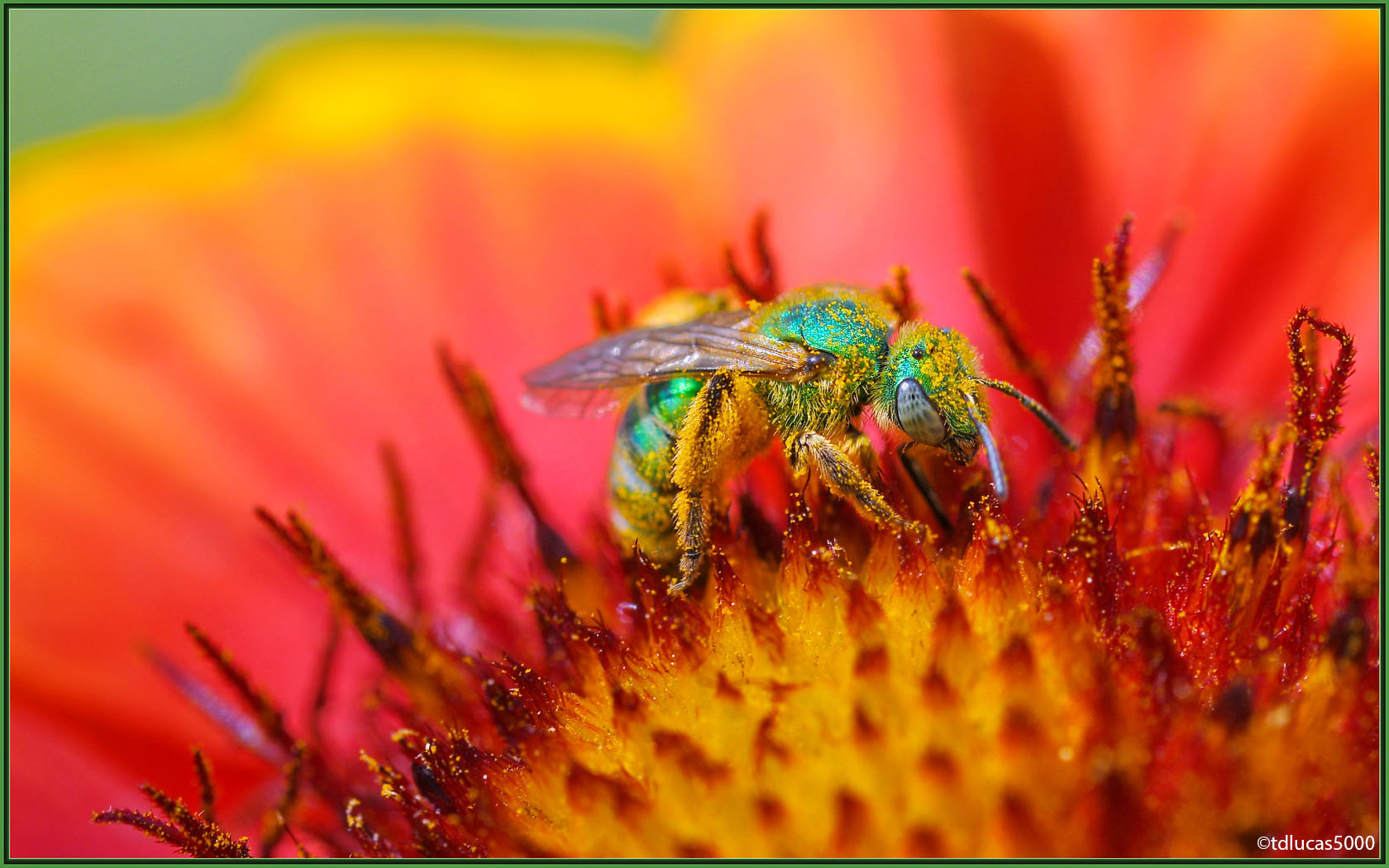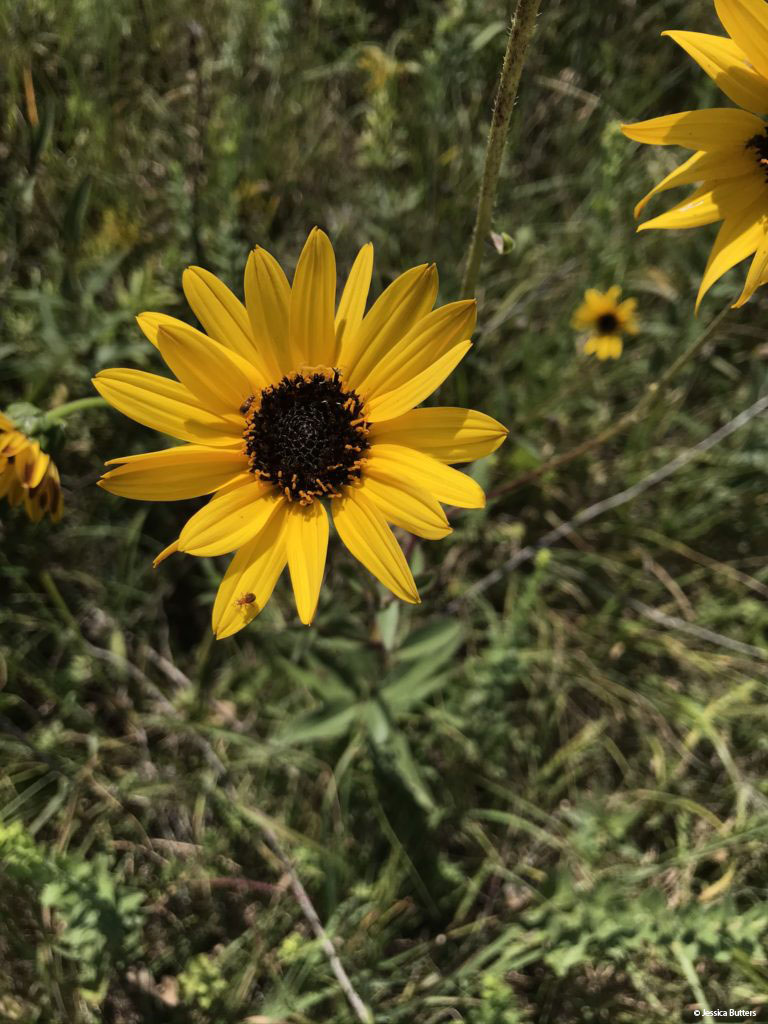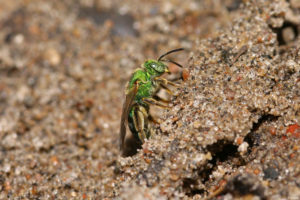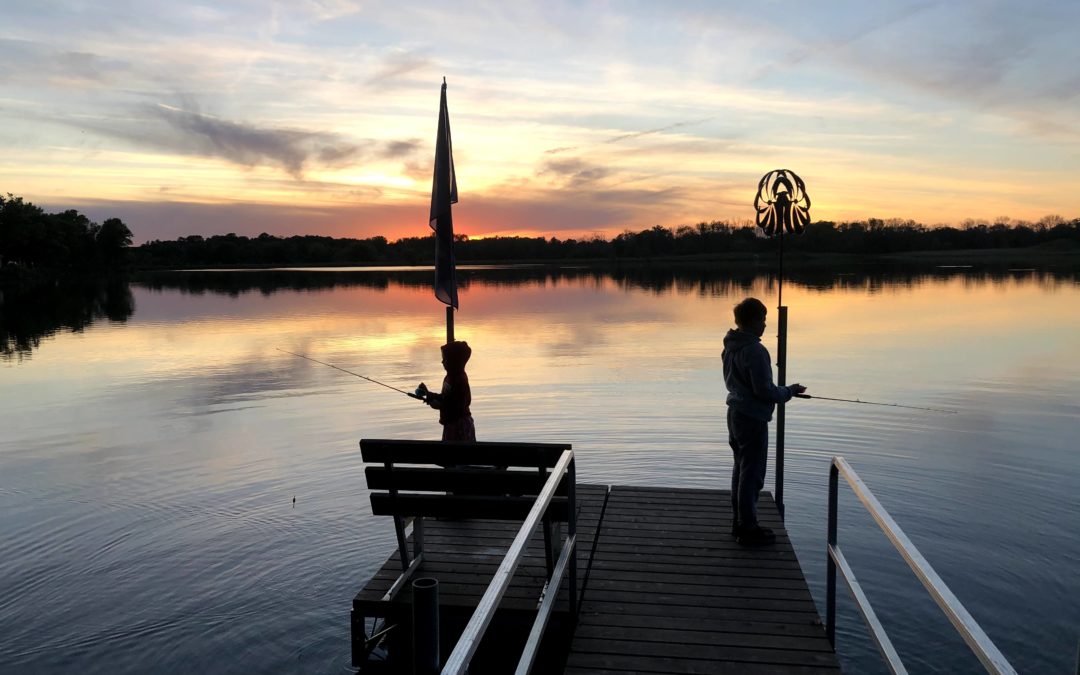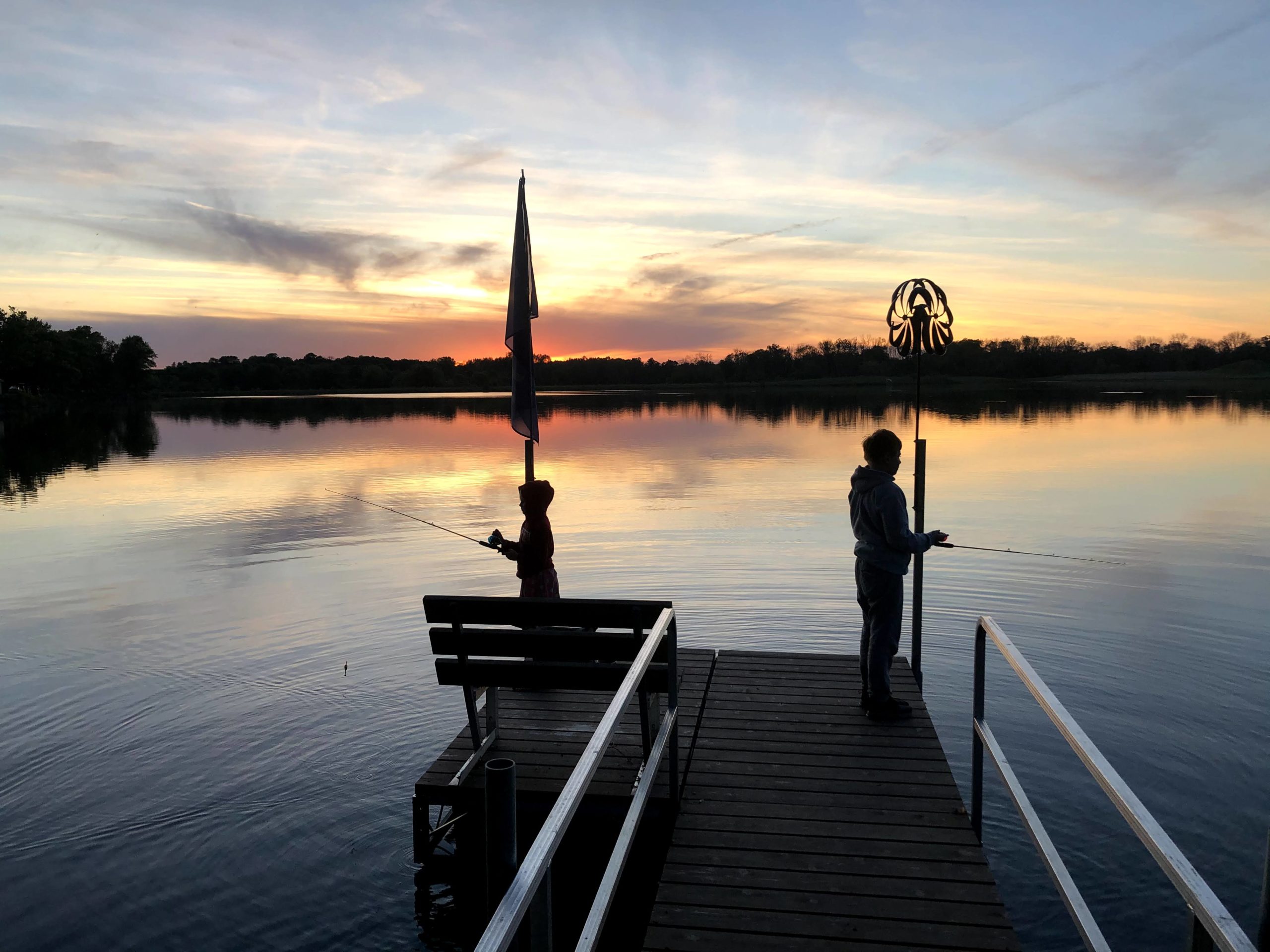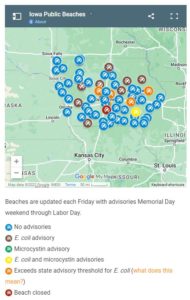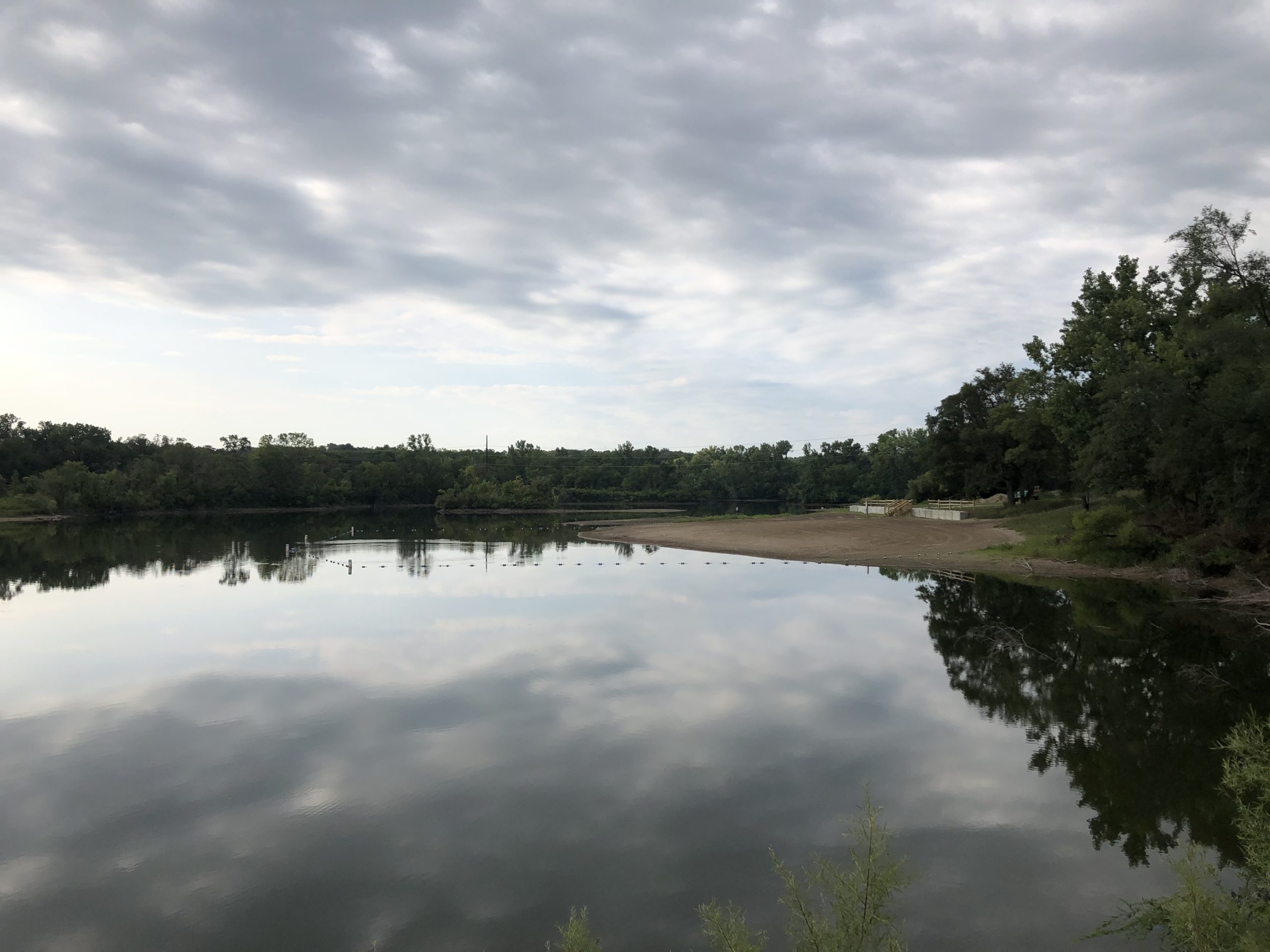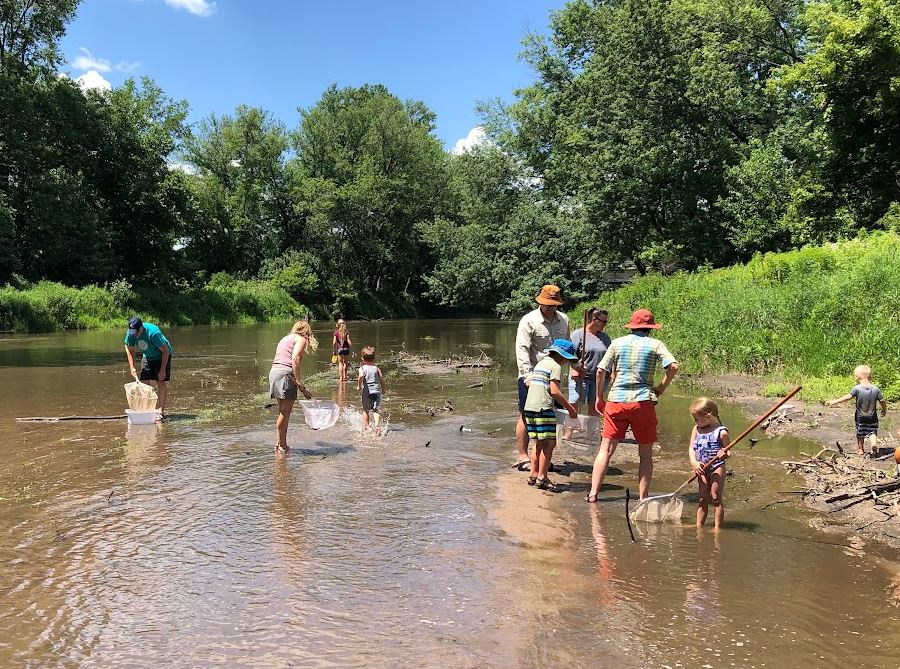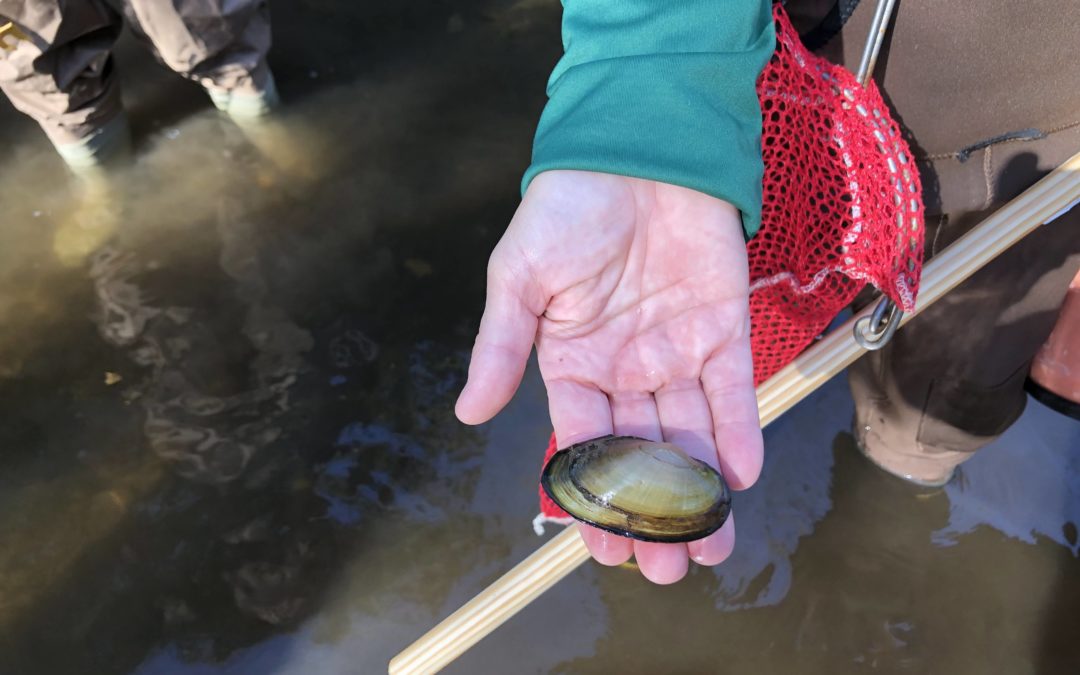
The Great Mussel Rescue of 2022
Updated 2022-11-14 with final count: 53 mussels rescued, 13 of them threatened species!
Three fun facts about freshwater mussels
- Mussels keep streams clean. A mature freshwater mussel can filter 10 gallons of water a day, gobbling up algae and other microscopic organisms in the water. As this video shows, mussels can clean up muddy water, but too much silt in the water can bury them alive or clog their gills.
- Mussels can hitch-hike long distances. Some mussel mamas have a special lure to flag down passing fish so that the baby mussels (glochidia) can hitch a ride as a parasite on the fish’s gills!
- Mussels are in trouble. The United States is a hotspot for freshwater mussel biodiversity but many species were nearly wiped out by over-harvest for the button industry, dams and habitat loss, and too much silt in the water. For more about freshwater mussels, watch this PBS video.
Two state-threatened species of mussels have been found in Ioway Creek–the cylindrical papershell (Anodontoides ferussacianus) and the creek heelsplitter (Lasmigona compressa). An erosion control and stream restoration project is planned at Brookside Park in Ames, so the Department of Natural Resources required that they be relocated before construction begins. Mussel expert Brett Ostby of Daguna Consulting was hired to lead the effort, but finding all the mussels hiding in a patch of streambed is slow work, and there was a kilometer of stream to cover. We needed volunteers…
I had been planning volunteer events to monitor water in Ioway Creek and its tributaries and to pick up trash in West Indian Creek, but low water levels forced us to cancel. Low water levels make it easier to find mussels, so Prairie Rivers of Iowa and our partners at the Outdoor Alliance of Story County switched gears and recruited 12 volunteers to help. Five of the volunteers were students at Ames High School, where I’d been talking with earth science classes about runoff and water quality. Teachers Collin Reichert and Kean Roberts were kind enough to lend us some chest waders — essential gear if you’re planning to spend an hour or more in 45-degree water!
Since mussels can be buried in sand, we had to feel around or dislodge them with rakes. The three guys from Daguna Consulting used wet suits and snorkels to tackle some of the deeper pools. Volunteers helped when they were able over a three-day period. It’s slow, tedious work, leaving no stone unturned, but I can hardly complain about spending time in nature on a beautiful day. Ioway Creek has plenty of wildlife to see if you look long enough. I saw birds including a kingfisher, reptiles including a softshell turtle and northern water snake, and invertebrates including a hellgrammite, crayfish, and fingernail clams. For some of the students, being in the creek and seeing these critters was a new experience.
Mussels were fewer and farther between than we expected. We relocated 53 mussels (representing 5 species) to a stretch upstream of the park, where they seem to be more abundant.
- 8 Cylindrical papershell (Anodontoides ferussacianus)
- 5 Creek Heelsplitter (Lasmigona compressa)
- 1 Fragile Papershell (Leptodea fragilis)
- 37 Lilliput (Toxolasma parvum)
- 2 Pocketbook (Lampsilis caridum)
Compare that to the results of a DNR mussel survey this year in the Iowa River near Coralville (which found 28 species, and was catching an average of 22 mussels every hour) and it’s clear that the ecosystem in Ioway Creek is out of balance. Hopefully, this project will improve in-stream habitat so the populations grows. Our thorough search ensures that few will be lost during construction.

